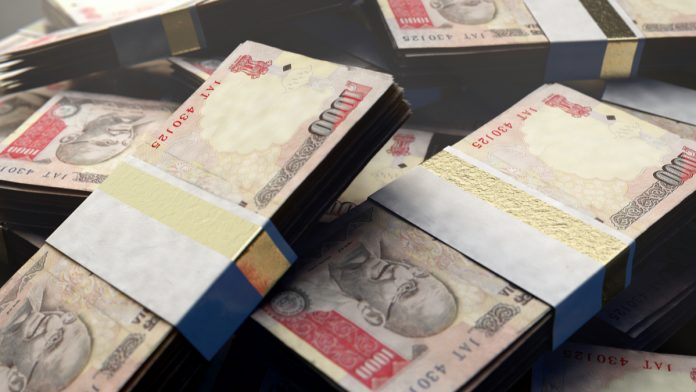- Indian Rupee (INR) advances, supported by a strong equity demand as the Sensex rallies over 2%
- Weaker oil prices also underpin the Rupee
- US Dollar (USD) trades lower versus its major peers as Congress fail to agree a new rescue package
- US factory orders in focus
After trending higher in the previous session, the US Dollar Indian Rupee (INR/USD) exchange rate is paring those gains on Tuesday. The pair rallied 0.35% at the start of the week, settling at 75.18. Today, at 10:15 UTC, USD/INR trades -0.25% at 75.01.
A strong Indian equity market is supporting the Rupee. The Sensex rallied over 2% on Friday amid a broad upbeat mood in financial markets. Meanwhile the Nifty 50 also traded 1.8% higher. Foreign institutional investors were net buyers according to exchange data.
Declining oil prices are also supporting the Rupee. The benchmark WTI crude oil price traded -1.6% amid rising fears that oil demand could be dented as coronavirus numbers increase and some areas tighten lockdown restrictions. Manila and Melbourne have recently tightened stay at home orders.
After a rare strong previous session, the US Dollar is trading broadly lower versus its peers today. Investors continue to weigh up the fast spreading US coronavirus versus the ongoing economic recovery whilst also keeping an eye on any developments surrounding additional US rescue package.
So far the Democrats and Republicans have failed to reach an agreement for a new rescue package. Unemployment benefits are one of the areas where the two sides fail to see eye to eye. Congress breaks for summer on Friday. Therefore, if a deal is going to be agreed it must be done by Friday.
US data has been supportive of the greenback. Yesterday, manufacturing data revealed that the sector’s recovery gained momentum in July. This quelled concerns that rising coronavirus numbers could be damaging the fragile recovery.
US factory order data is up next. Analysts are expecting a 5% increase month on month in June. Slightly down from the 8% rebound in May, although still a very solid number.





